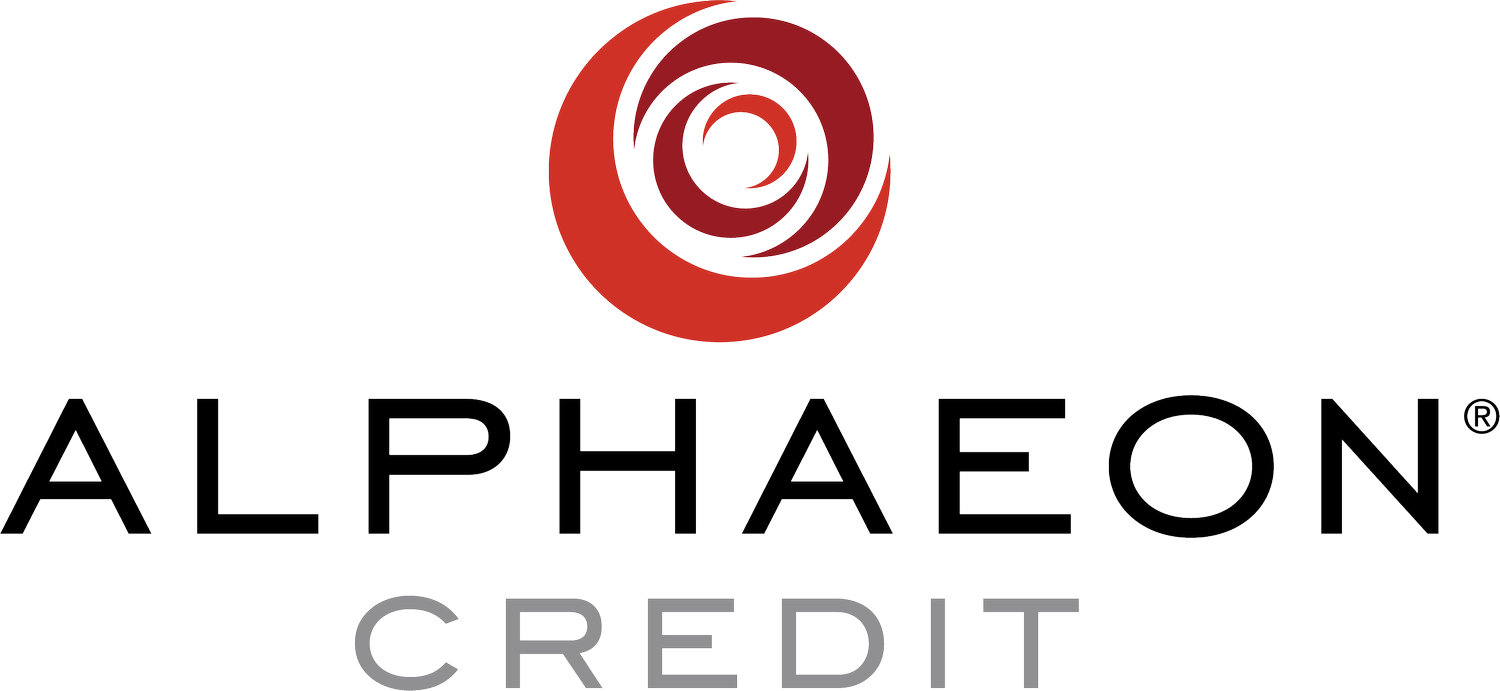You Want Customer Loyalty? Be Brilliant at the Basics
The following guest post is from John R. DiJulius, best-selling author, consultant, keynote speaker and President of The DiJulius Group, the leading Customer experience consulting firm in the nation. You can subscribe to his blog at www.thedijuliusgroup.com
Customer Bill of Rights – Burden of the Brand
World-class service companies have what I like to call a “Customer bill of rights” that every person in that organization clearly knows and follows 100 percent of the time. Would you ever expect to see a Disney cast member, in full uniform on break, chewing tobacco and spitting on the ground near the front entrance where guests are walking by? Doubtful. Or would you ever think a Ritz-Carlton employee, when asked for directions to the ballroom, would give a response like “I don’t know, I work in housekeeping”? Highly unlikely! One of the most effective ways to elevate your company’s Customer service level is by instituting your own Customer bill of rights.
If anyone is going to wear your uniform or name tag or represent your brand, you only need a small set (six to ten actions/standards) for your employees to live by. These nonnegotiable standards are also referred to as the “never and always” list. The critical importance is, if they do occur, you have to be confident enough that your employees recognize and understand your “never” and “always,” and you can be confident that your employees would “never” do this and “always” do that instead. If your company does nothing other than institute the “never and always” list and makes everyone aware of them, if your Customers rarely experience a “never” and consistently experience an “always,” then you are in the top 5 percent of Customer service organizations! As you read through the list, you will see that they are all simple and common sense, but the majority of businesses and frontline employees too often execute the “never” list and don’t consistently execute the “always” list.
In the examples shown, you will see that each one matches the following three criteria:
1. The items are typically one to three words in length.
2. They are black and white; there is no room for personal interpretation.
3. They are crystal clear and do not need any additional explanation.
Some things you wouldn’t see on a “never and always” list are things such as “Always be professional” or “Always return calls promptly.” Why? Because they are vague. What is professional to one is completely different to someone else. What is “promptly”? To one person it may be two hours; to another it may be two days. Let’s show some examples of a few good Never & Always:
Point versus Show
This is typically thought of in the hospitality business (e.g., showing someone to the restroom instead of pointing them there). However, in the business-to-business and call-center world, pointing happens all the time. For instance, it happens when we say things like “You can get that off our website” or “You need to call this person in this department.” Why are we making the Customer do the work? We can send them the link, and we can transfer them to the correct department.
Saying no versus focusing on what you can do
Eliminate the word no from your company’s vocabulary; no one should ever be allowed to use that word. You may not always be able to say yes, but offer alternatives and options and never allow anyone from your company to utter the word no. You will be amazed at how creative your team will get at satisfying Customers. I never want a Customer of mine to tell me that someone from my organization said no to him or her. To me that is the worst swear word you can use in front of a Customer.
While we cannot do everything our Customers request, we can always respond with what we can do. If someone asks if we can sell them something we don’t even sell, we can answer with “While we do not carry product X, what we do carry is product Z, and the reason we do carry product Z is because it is proven to be the best, longest lasting, healthiest, whatever.” By the time you are done explaining the benefits of product Z, that Customer should never want product X. If for some reason they still want product X, then you explain how and where
they can get product X.
“No problem” is a big problem
The biggest street-slang terms used in every business today are the responses “no problem” or “not a problem.” In fact, as a result of reading this right now, you will be shocked at how many times you will hear “no problem” over the next two days. Joe Schumacker wrote an excellent blog titled “No Problem, Big Problem” that articulates this point really well. “No problem” is a problem for two reasons. The first issue with saying “no problem” is that it consists of two negative words. We shouldn’t be using any negative words, let alone two back-to-back.
The second problem is that the “no problem” auto-response sends the message that what the Customer is asking of you is not a problem for you. However, when we are serving others, it is not about our convenience; it is about what the Customer wants. The phrase “no problem” places the staff member’s comfort ahead of service to the Customer. Customers want to feel that their interests are first and foremost in the mind of the staff member, not that they may have inconvenienced a staff member by being a Customer.
Excellent responses instead of “no problem” are “certainly,” “my pleasure,” “I would be happy to,” “consider it done,” and “absolutely.” Using “certainly” or “my pleasure” is so much more professional than the often heard “not a problem.” It elevates the professionalism of your employees’ terminology. It starts establishing a culture of hospitality where the Customer is first.
The following are great examples of “never” and “always” items that are a Never & Always from great companies that The DiJulius Group helped to create. Ideally, you only want a maximum of ten “nevers” and ten “always.”
Action Plan – Create a small set (6-12 actions/standards) that match the following criteria:
* The standards are 1 – 3 words
* Do not need any additional explanation
* Not stage specific (i.e. do not apply towards phone, check in, check out, etc.)
Getting Dialed In
Have you ever launched a pay-per-click campaign and received emails and calls, but for some reason the conversion rate was lower than expected? If you answered yes, then there may be room for improvement in your team’s phone skills. I’ve noticed that even the most skilled front office associate sometimes tends to miss an email or forgets to ask for the patient’s name and phone number on a call. I know these actions seem rather simple, but you’d be surprised at how many times they’re overlooked.
At least quarterly, practices should "mystery shop" their own practice, by calling and pretending to be a patient, to learn first-hand what their patients experience and to identify areas for improvement. You can use the following "Perfect Phone Call" checklist when evaluating your practice.
The Perfect Phone Call
- Superior Communication Skills - Enunciation, tone of voice and demeanor reflects positively on the practice.
- Takes the Lead - Who’s the expert here? The trained office associate, or the patient? Letting the patient lead the conversation may not be the best tactic.
- Key Questions Asked - Asks the right questions: Name, phone number, how they heard about you, main concern, special event coming up, etc.
- Credentialing - Every team member should have each provider’s CV down, backwards and forward. Why would the patient want to choose a certain practice if they don’t understand the value behind it?
- Procedure and Product Knowledge Shared - When a patient is calling in with specific questions, sometimes they can only be answered in a consultation with the provider. However, each team member should have a good amount of knowledge about the products and services sold in the practice and know how to explain them in a way as to not provide medical advice and pricing.
- Books the Appointment - After the above steps are completed, booking the appointment should be a breeze, right? But how do we know they’ll show?
- Completes Follow Up - Personally emailing the patient to confirm before the end of the day is very important, as well as a confirmation phone call the day before the scheduled appointment. I’m sure this is happening most of the time, but what exactly is being emailed to these leads? Text message confirmations and automated emails are super convenient, but then the personalization is left adrift.
The checklist above is definitely something to consider when spending your marketing dollars into paid advertisements. Is your team ready? Do they know what campaign you just launched? How will you keep track of who may need training or a refresher course for phone etiquette?
About the Author: Lacy J. Banks is the owner and CEO of Aesthetic Practice Concepts providing phone and consultation trainings for board-certified plastic surgeons and their staff. If you’d like a complimentary assessment of your team’s phone skills please feel free to contact her at (760) 747-1111 or at lacy@apc.management. She’d love to hear from you.
TO REACH A MEMBER OF THE ALPHAEON TEAM - ANYTIME
CALL 920-306-1794 OR EMAIL TEAMCREDIT@ALPHAEON.COM





